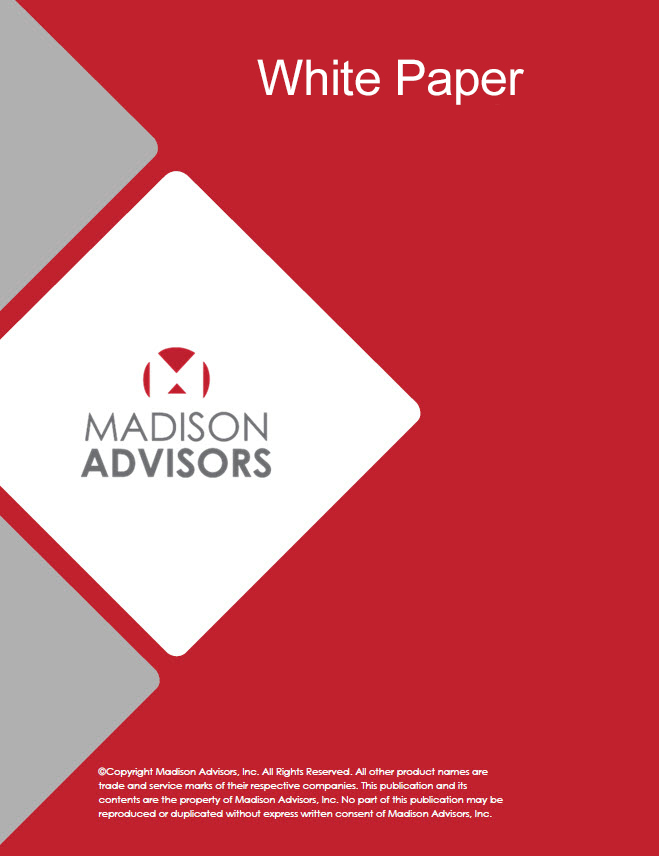
Corporate print service divisions that produce customer communications documents are continually looking to streamline processes and improve production controls to better manage and reduce costs. In our Best Practices Assessment (BPA), Madison Advisors examines best practices of enterprise document service operations and for-profit service providers. This quantitative assessment utilizes over 700 data points in the areas of cost, technology, operations and strategy to measure activities at each facility. By examining each participating organization’s scores against the group scores, Madison Advisors provides objective insight into how the operations and practices of each individual participant compare to the industry at large.

Let’s be honest: the economy is slowing and inflation is increasing. Trying to maintain a level or even decreasing budget is going to be difficult for the next couple
of years. And, if your organization is planning for a recession, it is safe to assume that your key technology vendors are modeling the same scenarios.

Customer communications are critical to a customer’s experience with an organization. However, customers have come to expect faster, more personalized communications on the channels and devices of their choosing. Organizations need to be able to keep up with these demands and add value to every customer interaction.

Until recently, customer communications applications with straightforward designs, low variability and simple data inputs have been good candidates for migration to a SaaS-based CCM solution. Banks and insurers have been moving common call center applications to the cloud when there is limited PII (Personally Identifiable Information) and complexity within the communication. Welcome kits, marketing communications and simple confirmations have been successful early deployments for SaaS CCM implementations.

Over the past several years, Madison Advisors has seen an increased need for enterprise organizations’ IT departments to respond quickly to digital transformation initiatives to meet changing market conditions—this includes outsourcing non-core competencies, such as customer communications management (CCM). The technology and operational costs needed to support an efficient omni-channel CCM strategy can be staggering for organizations. It requires perishable, specialized skills that IT groups do not typically focus on maintaining.

Madison Advisors has seen a move in corporate IT departments to respond quickly to digital transformation initiatives that are changing market conditions. This includes outsourcing non-core competencies, such as customer communications management (CCM). Technology and associated costs needed to support an efficient and effective CCM strategy is staggering for organizations. It requires perishable, specialized skills that IT groups do not typically focus on maintaining. Content management, document composition, omni-channel delivery and data analytics are examples of the needed technologies that are difficult to maintain mastery of inside the corporate structure.

Document accessibility is arguably considered one of the most important technology trends that has emerged over past few years—and there is a reason. Disability is not a minority issue, as demonstrated by the following statistics: Disabled people make up 10% of the population, around 777 million people. According to the American Foundation for the Blind, 3.5% of the population live with vision impairment. That amounts to 253 million people: 36 million are blind and 217 million have moderate to severe vision loss.

The customer experience is how a customer looks, thinks, and feels about your brand and is ultimately the product of the interactions between your customer and your organization over the duration of the relationship. When expectations are met, customers tend to remain loyal to the brand; when exceeded, they become advocates; and when expectations fall short, customers will defect and become detractors. As a result, top companies understand the customer experience is absolutely critical to achieving revenue growth, customer retention and operational efficiency goals and they are investing hundreds of millions, if not billions into people, processes and technologies to drive and evolve the customer experience.

© 2025 The Madison Advisors